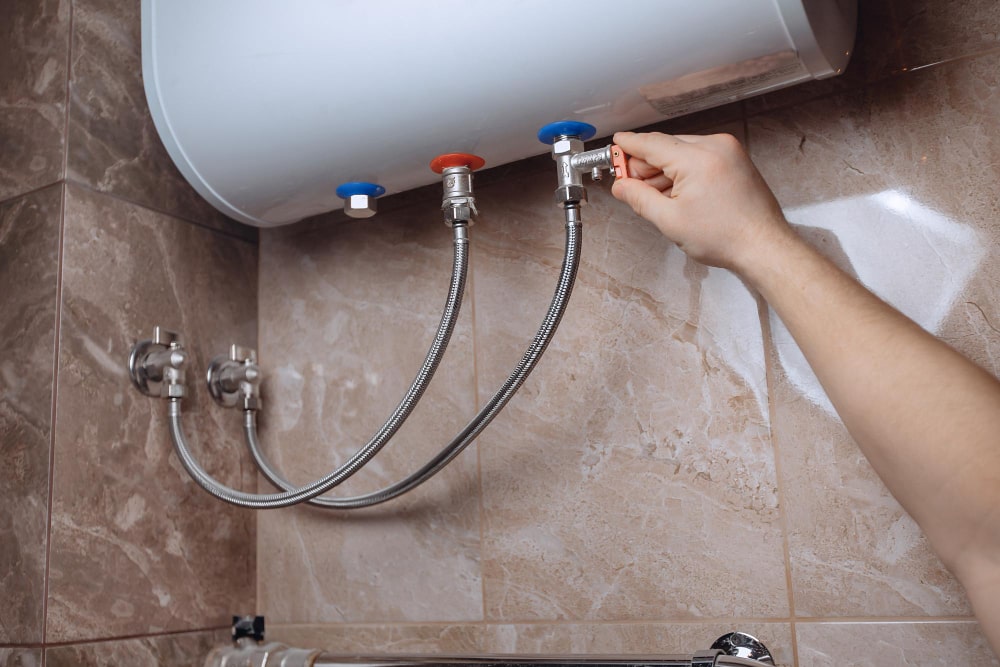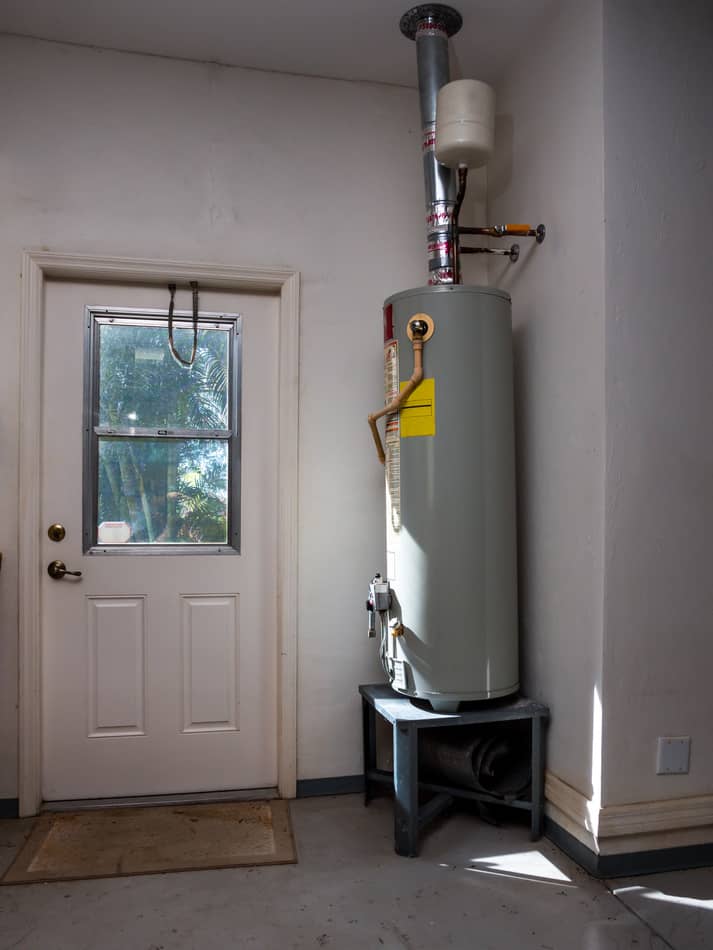Expert Advice on Maintaining Your Home's Hot Water SystemWays to Extend the Life of Your Home's Hot Water System Through Maintenance
Expert Advice on Maintaining Your Home's Hot Water SystemWays to Extend the Life of Your Home's Hot Water System Through Maintenance
Blog Article
On this page further down yow will discover some first-rate resources around Tips For Maintaining Your Hot Water Heater.

Warm water is necessary for day-to-day convenience, whether it's for a revitalizing shower or cleaning meals. To guarantee your warm water system runs effectively and lasts longer, regular maintenance is crucial. This write-up provides useful ideas and understandings on just how to maintain your home's hot water system to avoid disruptions and expensive fixings.
Intro
Maintaining your home's hot water system could seem challenging, yet with a couple of simple steps, you can guarantee it operates efficiently for years to find. This overview covers everything from recognizing your warm water system to do it yourself upkeep suggestions and knowing when to contact expert assistance.
Importance of Maintaining Your Warm Water System
Normal upkeep not only extends the life-span of your warm water system but also ensures it operates efficiently. Overlooking maintenance can lead to lowered efficiency, higher power costs, and also premature failure of the system.
Indications Your Warm Water System Needs Maintenance
Understanding when your warm water system requires attention can avoid significant concerns. Watch out for signs such as inconsistent water temperature level, unusual sounds from the heater, or rustic water.
Understanding Your Hot Water System
Before diving right into maintenance jobs, it's helpful to comprehend the standard components of your warm water system. Typically, this includes the hot water heater itself, pipelines, anode rods, and temperature level controls.
Month-to-month Upkeep Tasks
Normal monthly checks can assist capture minor problems prior to they rise.
Flushing the Hot Water Heater
Flushing your water heater gets rid of debris buildup, enhancing effectiveness and lengthening its life.
Checking and Changing Anode Rods
Anode rods prevent corrosion inside the storage tank. Checking and changing them when broken is critical.
Inspecting and Changing Temperature Level Setups
Readjusting the temperature level settings ensures optimal performance and security.
DIY Tips for Upkeep
You can execute a number of maintenance tasks yourself to maintain your warm water system in leading condition.
Checking for Leakages
Routinely evaluate pipelines and connections for leaks, as these can cause water damage and higher costs.
Checking Pressure Alleviation Valves
Checking the pressure relief valve guarantees it operates properly and avoids excessive stress build-up.
Shielding Pipes
Protecting hot water pipes reduces warm loss and can save energy.
When to Call a Specialist
While DIY upkeep is useful, some concerns require expert knowledge.
Complicated Concerns Requiring Expert Assistance
Instances include significant leakages, electrical issues, or if your hot water heater is regularly underperforming.
Regular Expert Upkeep Benefits
Expert upkeep can consist of extensive inspections, tune-ups, and guaranteeing compliance with safety standards.
Conclusion
Routine maintenance of your home's hot water system is vital for effectiveness, longevity, and cost savings. By following these tips and recognizing when to look for specialist help, you can make sure a trustworthy supply of hot water without unexpected disturbances.
How to Maintain an Instant Hot Water Heater
Before tinkering with your hot water heater, make sure that it’s not powered on. You also have to turn off the main circuit breaker and shut off the main gas line to prevent accidents. Also turn off the water valves connected to your unit to prevent water from flowing into and out of the appliance. 2. When you’re done, you have to detach the purge valves’ caps. These look like the letter “T” and are situated on either side of the water valves. Doing so will release any pressure that has accumulated inside the valves while at the same time avoid hot water from shooting out and burning your skin. 3. When the purge valves’ caps are removed, you have to connect your hosing lines to the valves. Your unit should have come with three hoses but if it didn’t, you can purchase these things from any hardware or home repair shops. You can also get them from retail stores that sell water heating systems. Read the user’s manual and follow it to complete this task properly. When the hosing lines are connected, open the purge port’s valves. 4. You should never use harsh chemical cleaners or solutions when cleaning your unit. Make use of white vinegar instead. It should be undiluted and you’ll probably use about 2 gallons. 5. Now flush your water heater. This task should probably take about 40 minutes. We can’t give you specific directions for this because the procedure is carried out depending on the type, model and brand of your heater. With that being said, refer to the user’s manual. 6. When you’re done draining the unit, you have to turn off the purge port valves again. Remove the hosing lines that you earlier installed on each of the water valves. Put the valve caps (purge port) back in their respective places and be very careful so as not to damage the rubber discs that are found inside these caps. 7. Now that everything’s back in place, check your user’s manual again to find out how to reactivate your water heating system. 8. Once it is working, turn one of your hot water faucets on just to let air pass through the heater’s water supply pipes. Leave the tap on until water flows smoothly out of it. https://www.orrplumbing.com/blog/2014/september/how-to-maintain-an-instant-hot-water-heater/

We are very curious about Water Heater Maintenance Tips You Can't Afford to Forget and I'm hoping you appreciated my post. If you please take a moment to distribute this article if you liked it. We truly appreciate reading our article about Tips For Maintaining Your Hot Water Heater.
Call Us Today Report this page